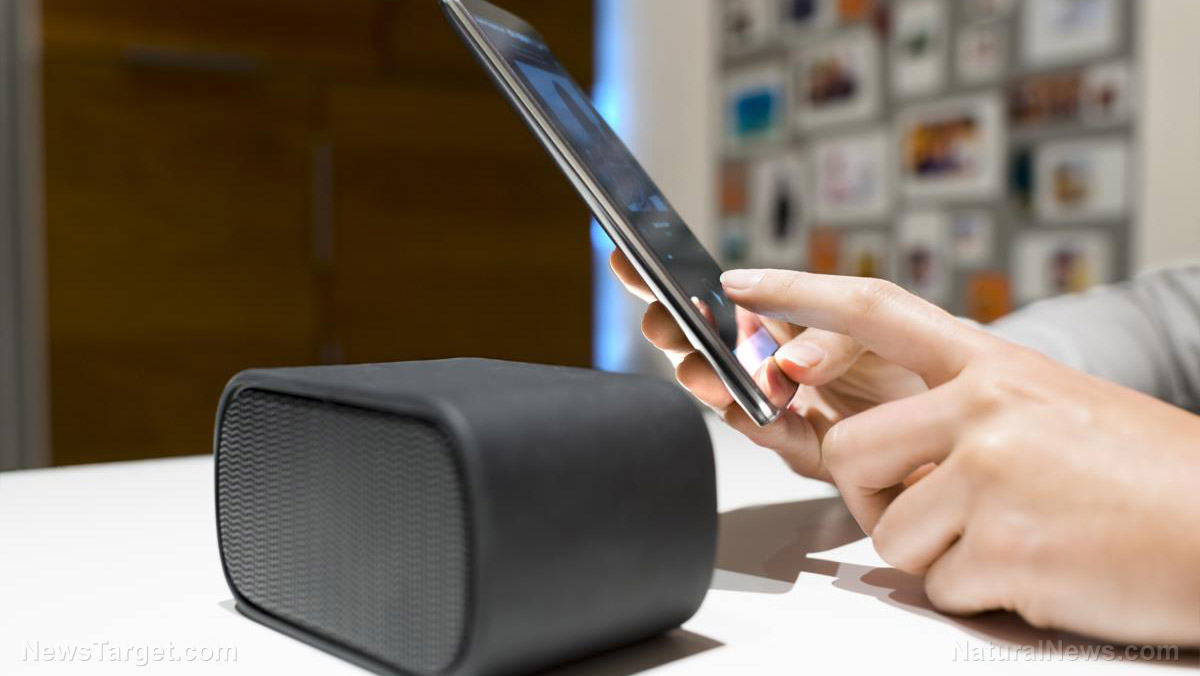
Advertisement
Texting for long periods of time can lead to neck stress. It’s like carrying four adult-size bowling balls on the cervical spine, according to a study published in Surgical Technology International. It was reported that the act of tilting the head forward when texting makes the head seem heavier than its actual weight, which in turn, can lead to problems on the neck.
Most people today are smartphone users, and a lot of them spend hours looking down on their smartphones. This bad posture puts a lot of undue stress on the neck. On average, an adult spends around 700 to 1,400 hours each year reading and texting on their smartphone, while smartphone use can reach to approximately 5,000 hours in an average teenager.
In the study, spine surgeon and study author Kenneth Hansraj carried out a series of calculations to measure how much stress texting causes. Results revealed that the typical texting posture can increase the weight of the head by five times.
On average, the head weighs around 10 to 12 pounds in the neutral position. However, when texting, the head starts to tilt forward. At the same time, the shoulders slump forward. When the head is tilted downward at 15 degrees, 27 pounds of stress is created on the neck. A 30-degree tilt of the head puts 40 pounds of stress on the neck. Tilting the head further at 60 degrees creates 60 pounds of stress on the spine, which is the weight of four adult-size bowling balls or an average eight-year-old kid. Thus, the greater you tilt your head, the greater the stress is put on the neck.

“Loss of the natural curve of the cervical spine leads to incrementally increased stresses about the cervical spine. These stresses may lead to early wear, tear, degeneration, and possibly surgeries,” wrote Hansraj.
The wear and tear effect of poor texting posture can manifest into a common condition known as the text neck, which causes symptoms like severe and constant pain in the neck, upper back, and shoulders. (Related: Excessive texting now causing chronic neck pain.)
Other side effects of smartphone addiction
Apparently, smartphone addiction comes with other syndromes. These include text claw and cell phone elbow, computer vision syndrome, nomophobia, and phantom pocket vibration syndrome. Here’s a deeper look at how each one develops and how to manage them.
- Text claw and cell phone elbow – Described as finger cramping and sore muscles, text claw is caused by continuous scrolling, texting, and gaming on smartphones. Excessive phone use also causes inflammation in the tendons and worsens existing conditions such as tendinitis and carpal tunnel. Likewise, “cell phone elbow” is described as the tingling or numb sensation in the ring and pinky fingers after bending the elbow for a long time. To manage this, you can do some stretches. First, put down your phone, then bend your wrists backward by putting your hands together like in a prayer. Then, do some wrist flexes. If pain persists for more than a week, try to apply heat or seek professional help.
- Computer vision syndrome – This occurs due to long periods of looking at the small text fonts on the smartphone screen. This causes eyestrain, blurred vision, dizziness, and dry eyes. If this occurs, increase the phone’s font size or try to hold your phone at least 16 inches away from the face. Every few minutes, look away from your phone to stare at something far away and don’t forget to blink.
- Nomophobia – No-mobile-phone phobia, or nomophobia for short, is the fear of being away from your phone. This causes anxiety of losing your phone or not being able to use it, constantly checking if your phone is with you, and always worry about losing it somewhere. If this happens, try some anxiety-relieving techniques like yoga and deep breathing.
- Phantom pocket vibration syndrome – This syndrome is described as feeling phantom vibrations when a phone did not actually vibrate. To break this addiction, turn off the phone’s vibration function and commit to only check your phone in designated hours.
Read more news stories and studies on technology dangers by going to Robotics.news.
Sources include:
Submit a correction >>
This article may contain statements that reflect the opinion of the author
Advertisement
Advertisements















